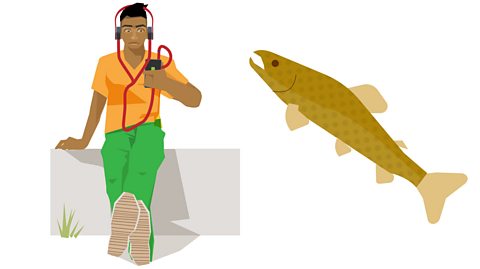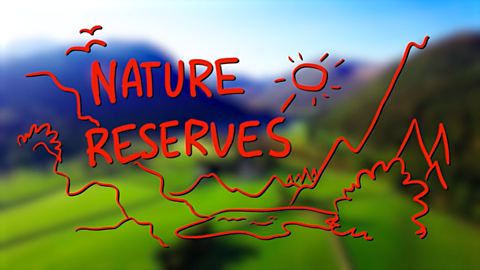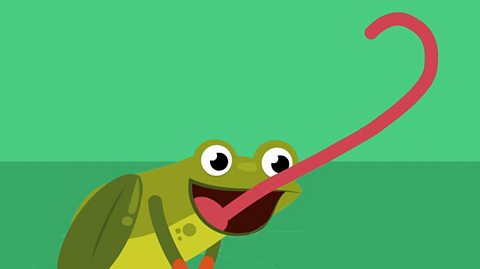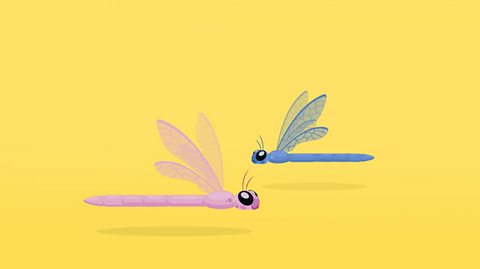Classification
Classification is putting living things into groups when they have specific things in common, including the way they look and what they do.
Watch: All animals are related
Follow the different branches of this classification tree!
Classifying animals

Animals can be divided into two groups:
- Vertebrates - animals with a backbone, like fish and mammals.
- Invertebrates- animals without a backbone, like insects, spiders and crustaceans.


Vertebrates can be then classified into five main groups:
- fish
- reptiles
- birds
- amphibians
- mammals
Most of the world's speciesA group of living things with very similar characteristics. They can breed together to make more living things of the same type. are invertebrates, so there are lots of different ways to group them. Some of the groups that we classify them into are:
- molluscs, like slugs and snails
- crustaceans, like shrimps
- arachnids, like the black widow spider
- worms, like earthworms
- insects, like butterflies or beetles
Watch: Classifying animals in the natural world
This video shows you how to classify animals in the natural world.
Classifying plants
Plants are classified into two main groups:
- Plants that make seeds.
- Plants that don't make seeds.
These two groups can be split into many smaller ones. Plants that make seeds are either flowering plants or conifer trees. Plants that don't make seeds are either ferns or mosses.
Watch: How to classify plants
Learn about classifying and grouping plants.
Classifying microorganisms
Microorganisms are too small to see without using a microscope. They are classified into two main groups:
- Bacteria
- Fungi
Viruses are also microorganisms but are not living things. Living things can all:
- feed
- grow
- reproduce
- get rid of waste by going to the toilet.
Viruses don’t need to feed, they copy themselves rather than grow and they don’t need to go to the toilet. So we classify viruses into their own group.
Watch: The different microorganisms
Find out about the different kinds of microorganisms.
Activity 1: Classification quiz
NEW! Play Guardians: Defenders of Mathematica - the Halloween update. gameNEW! Play Guardians: Defenders of Mathematica - the Halloween update
Experience Mathematica as you’ve never seen it before, with all-new backgrounds and costumes for Halloween. Available for a limited time only. Use your maths skills to save the day before it's too late!

More on Living things and their habitats
Find out more by working through a topic
- count3 of 15

- count4 of 15

- count5 of 15

- count6 of 15
